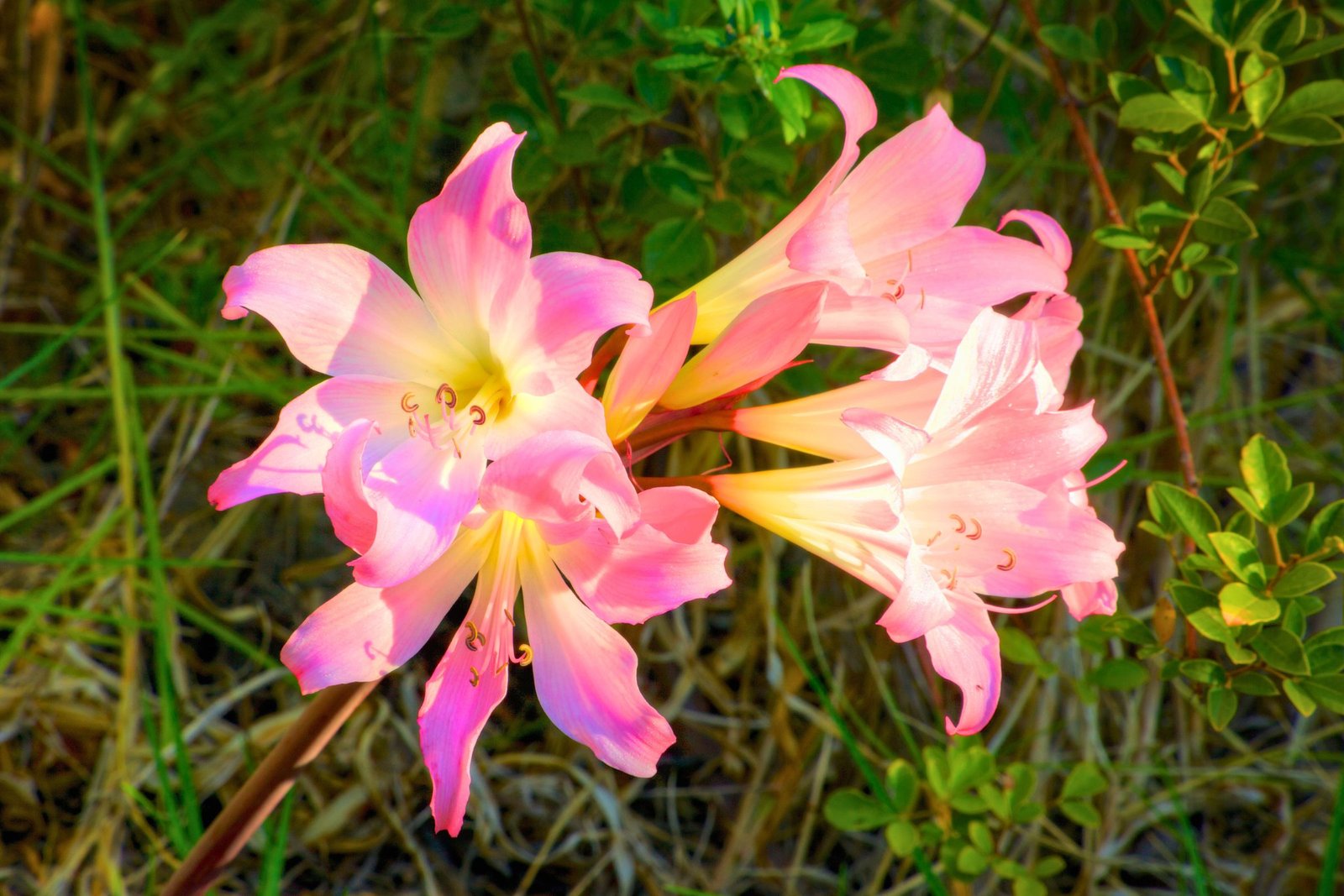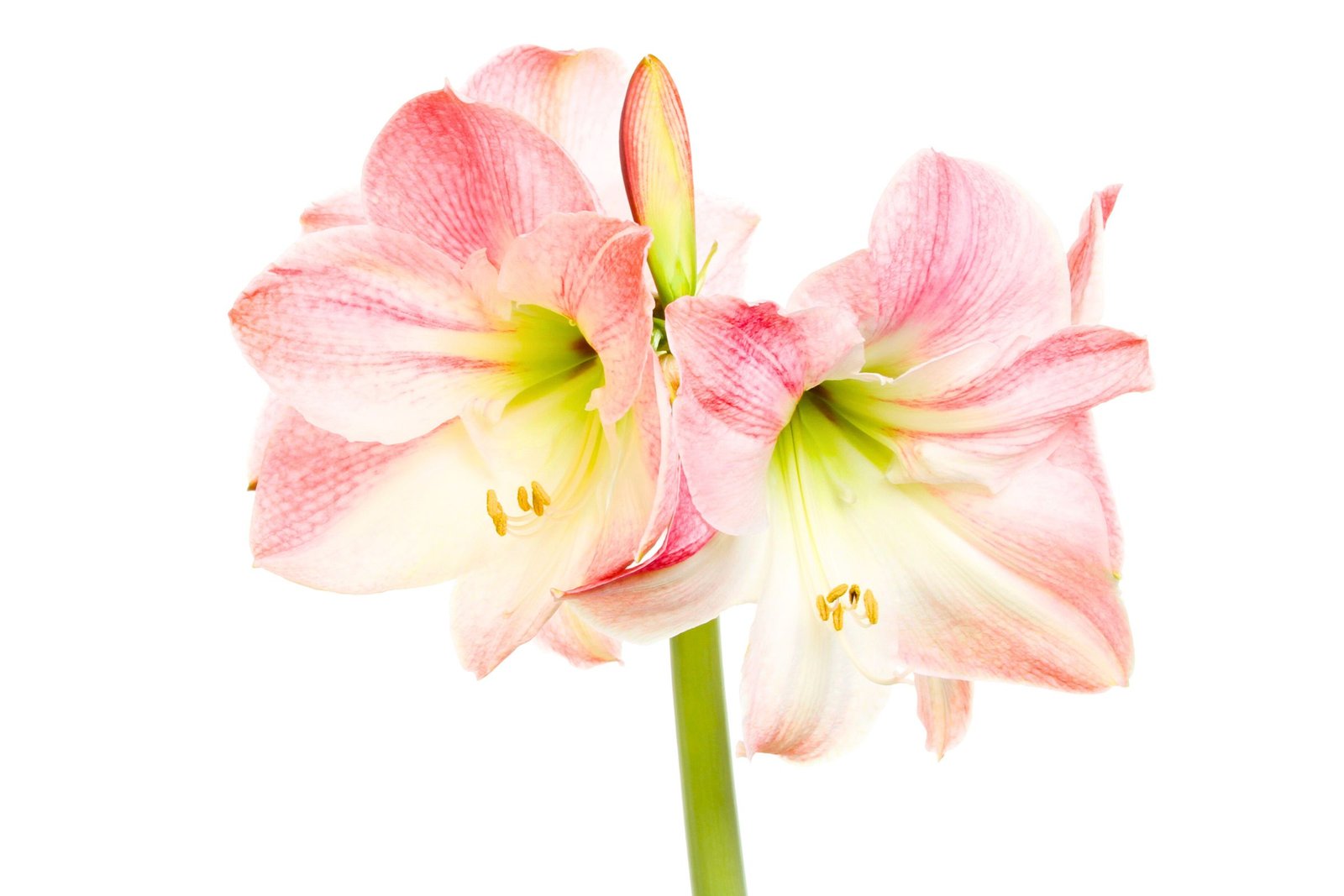Amaryllis Unveiled: A Brief History

We will delve deeper into the captivating journey of the Amaryllis, tracing its roots from the fertile soils of South America to its current status as a beloved ornamental plant.
Origins in South America
The Amaryllis, scientifically known as Hippeastrum, has its origins in the tropical and subtropical regions of South America. Native to countries such as Brazil and Peru, this striking flower thrived in the lush landscapes, captivating the local inhabitants with its vibrant beauty.
Centuries of Cultivation
Centuries ago, indigenous communities in South America recognized the allure of the Amaryllis and began cultivating it for both ornamental and practical purposes. Its large, trumpet-shaped flowers and bold colors made it a standout presence in gardens, while its robust nature allowed it to adapt to diverse climates.
Transformation from Rarity to Popularity
Once considered a rare gem limited to its native habitat, the Amaryllis underwent a transformation in perception and accessibility. As trade routes expanded and botanical exploration gained momentum, the Amaryllis found its way into the gardens of Europe and beyond. Its unique charm and relative ease of cultivation contributed to its rise in popularity.
Victorian Era Fascination
During the Victorian era, the Amaryllis captured the hearts of garden enthusiasts and became a symbol of wealth and prosperity. Its large, showy blooms made it a favorite among botanical collectors, and it was often featured in extravagant garden displays and horticultural exhibitions.
Modern-Day Amaryllis
Today, the Amaryllis has firmly established itself as a staple in gardens and homes worldwide. Its popularity as a potted plant for indoor cultivation, especially during the winter months, has soared. With an array of cultivars offering an extensive range of colors and forms, the Amaryllis continues to enchant a new generation of plant enthusiasts.
Conservation and Preservation Efforts
As the demand for Amaryllis grows, conservation efforts have also emerged to protect wild populations in their native habitats. Botanical gardens and conservation organizations work to ensure the continued existence and genetic diversity of this captivating flower.
By exploring the historical journey of the Amaryllis, we gain a deeper appreciation for its resilience, adaptability, and enduring appeal in the world of horticulture. The Amaryllis is not just a flower; it’s a living testament to the intersection of nature, culture, and human fascination.








